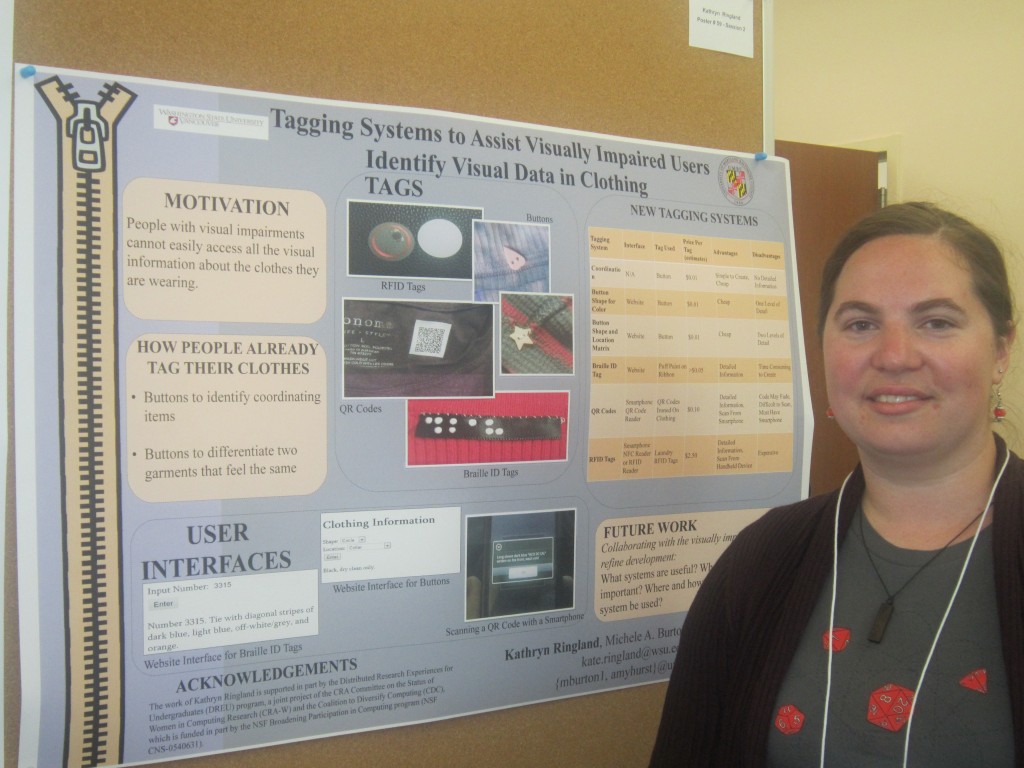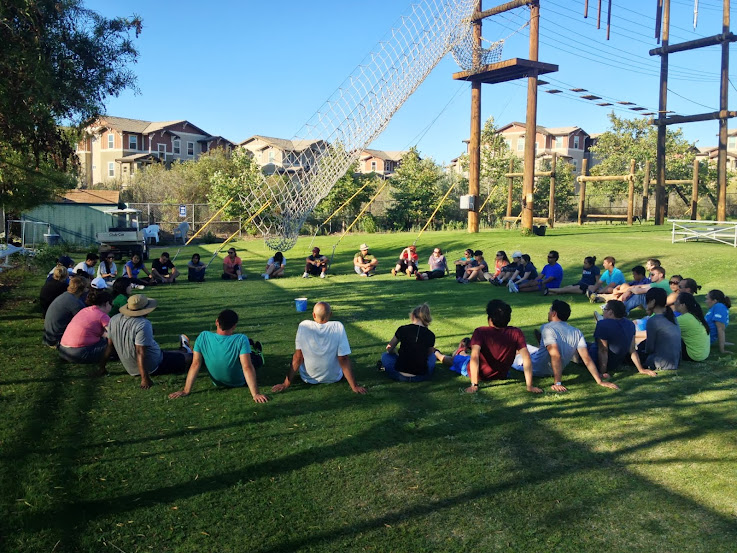Did you miss Part 1?
Summer 2012: DREU Internship, University of Maryland, Baltimore County
I won’t go into all the great details of my life during this summer internship. Most of it can be found other places on this blog already. The highlights I will mention are: after working at UMBC I began to realize that going to grad school could really happen and that I might actually enjoy it, Amy and others at the school really mentored me and helped me get a deeper understanding of the whole process of grad school applications, and I started actually writing my grad school application material.
Having this internship gave me a perspective into what grad school could be like. I can’t imagine applying to grad school without knowing that experience and knowing whether or not it was something I could handle/enjoy. I was also able to talk with Amy about potential schools and make a list of schools I would consider applying to in the fall. It was the mentorship and guidance that I really appreciated. Just being able to talk to someone who knew the field and could give solid feedback about my ideas was great.
I also got to do some really cool research and see other people working on some equally awesome stuff. I got the chance to write a paper (which I later submitted, more on that later) and present a poster at the end of summer festival. I was even selected to present my work to the entire festival, which was a huge learning experience. I had to put the power point together (make a video for it!), write the presentation, and then speak to a room with at least 100 people in it. It felt like every step I had taken that summer was a new one, going deeper into a mysterious cave of wonder or something.
August 2012: Home Again (And Time To Get To It!)
By the time I had come home and started back at school for my senior year, I had already completed my list of schools I was going to apply to, started a rough draft of my statement of purpose, and signed up (and taken the week before classes started) for the GREs.
It was at this point I made one of my bigger mistakes. I really should have asked for more help. It’s hard when you’re at a small university and very few people truly understand why you would even want to apply to a PhD program. As has been a consistent theme for me, I felt isolated and, therefore, isolated myself. I could have reached out to more mentors (at home and at UMBC), but I decided to go it alone. This was especially difficult to write and edit my statement of purpose(s) and the essay for the NSF GRFP.
I sorted out my references as soon as classes began. I committed one of those faux pas where I only had three letter writers. Fortunately, they all pulled through and I didn’t to materialize another letter writer at the last minute. I used two professors from my home institution that I had worked with on research and with my ACM-W Chapter. My third reference was my mentor from UMBC.
September 2012: Keeping it All Straight
I think the hardest thing from September on was keeping everything organized. I had to keep track of all the materials I was submitting to each institution. It felt like every single one had different essay requirements (not to mention all the other requirements!). Some wanted multiple essays, others wanted just one. And the length was different for each as well. Some only wanted 500 words or less, while others were 2000 words. There was no real way to write just one essay and tweak it for each. I had to write fresh essays for almost every university I was applying to.
Next week: lots of traveling and the submissions in Part 3!














